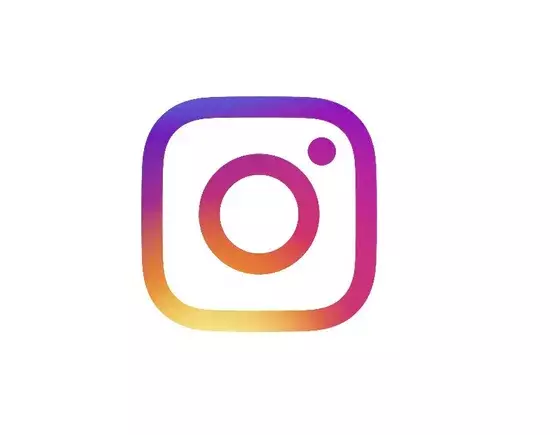In a rapidly evolving digital landscape, social media platforms are often rife with myths and misunderstandings. Instagram, one of the most widely used apps globally, is no exception. Adam Mosseri, the head of Instagram, has taken it upon himself to clarify some of these misconceptions through a new series of informative posts. Recently, he addressed a particularly prevalent myth concerning the treatment of sponsored content on the platform.
A common belief among Instagram users is that the platform intentionally downranks posts labeled as sponsored, compelling brands to invest more in paid promotions to gain visibility. Mosseri categorically debunked this myth, stating, “We don’t downrank posts that you mark as sponsored.” This statement is significant as it emphasizes Instagram’s commitment to transparency, allowing creators to label their sponsored content without fear of being penalized in terms of reach. This clarification is crucial for compliance with advertising regulations that vary from country to country.
While Mosseri’s statement suggests that Instagram does not manipulate the visibility of sponsored posts, it’s essential to consider user behavior. There’s a possibility that users themselves might engage less with sponsored content simply because they are aware that it is paid. When users see the “Sponsored” label, it could trigger a tendency to scroll past these posts, which could inadvertently lower their engagement rates. This scenario raises an interesting point: rather than being a direct result of any algorithmic adjustment, the reduced reach might stem from user preferences and behaviors.
Despite Mosseri’s reassurances, skepticism remains prevalent among many users. Meta, the parent company of Instagram, has faced criticism over its handling of business accounts and algorithm changes in the past. Many brands have felt the brunt of these changes, leading to a lack of trust towards the platform. Even with direct statements from the head of Instagram, those who have previously experienced adverse effects may find it difficult to believe that the platform has abandoned its historically punitive approach towards unpaid content. This skepticism illustrates a broader issue of trust that platforms must address to foster a healthier relationship with their user base.
Mosseri’s ongoing efforts to communicate openly with users—such as addressing concerns regarding content visibility and engagement strategies—are an important move towards increasing transparency on the platform. By directly tackling these misconceptions, Instagram is not only improving its image but also educating its users and creators. This proactive approach could help to reshape perceptions over time, allowing for a more collaborative environment between the platform and its users.
While recent statements from Instagram’s leadership have aimed to clarify misconceptions surrounding sponsored content, user behavior and historical context complicate the narrative. The conversation around social media platforms is constantly evolving, underscoring the importance of ongoing dialogue and transparency to ensure all stakeholders feel valued and understood.


Leave a Reply